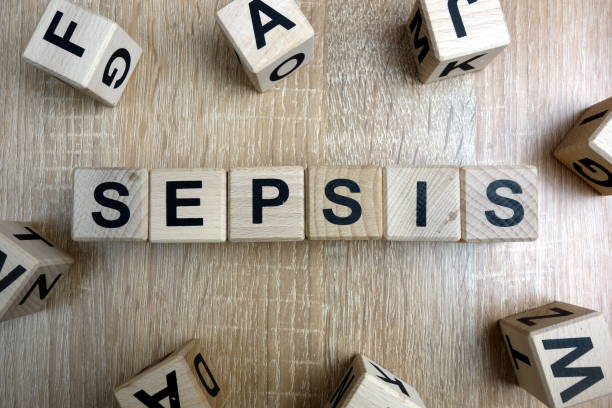
In the realm of medical emergencies, few conditions are as stealthy and life-threatening as sepsis. Often referred to as the "silent killer," sepsis demands immediate attention and accurate diagnosis for effective treatment.
What is Sepsis?
Sepsis is a severe and potentially deadly medical condition that arises when the body's response to infection goes awry. Normally, when the body detects an infection, it initiates a robust immune response to fight off the invading pathogens. However, in sepsis, this response becomes dysfunctional, leading to widespread inflammation throughout the body.
Sepsis Symptoms
Recognizing the Symptoms Early recognition of sepsis symptoms is crucial for timely intervention. Common signs include fever, rapid heart rate, difficulty breathing, confusion, and a drop in blood pressure. Sepsis can progress rapidly, so if you or someone you know experiences these symptoms, seek medical attention immediately.
Diagnostic Tests for Sepsis
To diagnose sepsis, medical professionals employ a combination of clinical evaluation and diagnostic tests. Here are some key tests that can aid in the diagnosis of sepsis:
Complete Blood Count (CBC): A CBC measures the number of red blood cells, white blood cells, and platelets in the blood. An elevated white blood cell count is often an indicator of infection, while a low platelet count may suggest sepsis.
Lactate Levels: High levels of lactate in the blood can be a sign of sepsis. Lactate is produced when tissues are not receiving enough oxygen, which can occur when the body's organs are not functioning properly due to sepsis-induced inflammation.
The CRP (C-reactive protein): This test is highly significant in detecting sepsis as it measures the levels of CRP in the blood, and elevated CRP levels are a strong indicator of inflammation in the body, which is a common hallmark of sepsis. Monitoring CRP levels helps healthcare professionals identify and assess the severity of the systemic inflammatory response, aiding in the early diagnosis and management of sepsis
Procalcitonin Levels: Elevated levels of procalcitonin, a protein, can indicate a severe bacterial infection and help differentiate it from viral infections.
Imaging Studies: In some cases, imaging studies such as X-rays, CT scans, or ultrasounds may be conducted to identify the source of the infection and assess organ damage.
Septic Panel: Some diagnostic centers offer comprehensive sepsis panels that combine various blood tests and markers to provide a more accurate and rapid diagnosis.
Early Detection is Key
Sepsis can progress rapidly, so early detection is critical. Diagnostic centers equipped with state-of-the-art technology and experienced healthcare professionals play a pivotal role in identifying sepsis promptly. Rapid diagnosis allows for timely intervention, including the administration of antibiotics and supportive care, which significantly improves the chances of survival.
In conclusion, sepsis is a life-threatening condition that demands immediate attention. Understanding its symptoms and the diagnostic tests available is essential for early detection and effective treatment. If you or a loved one experiences symptoms of sepsis, do not hesitate to seek medical help. Remember, early detection saves lives.

